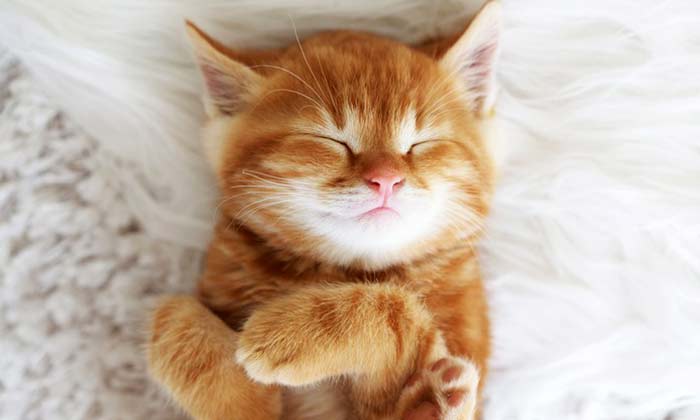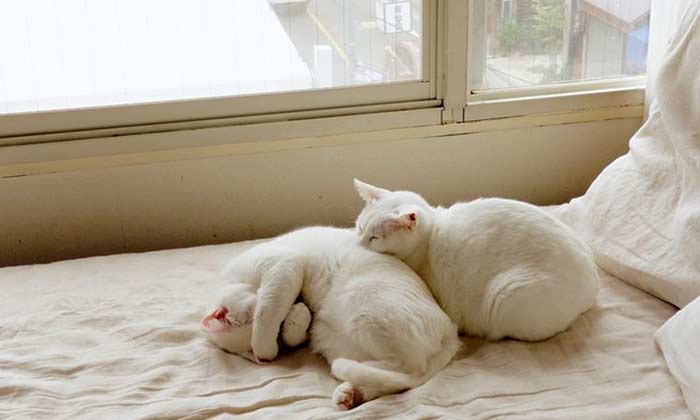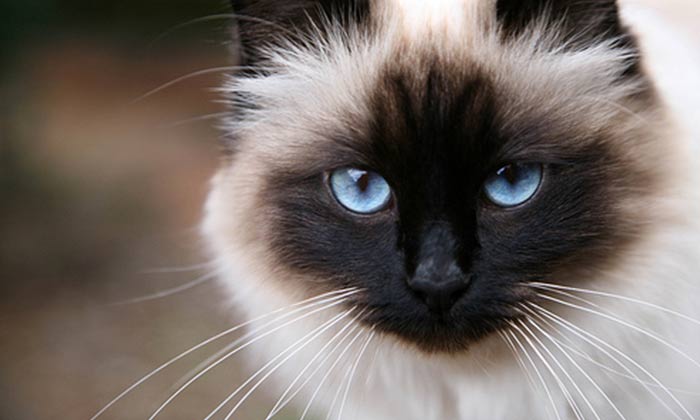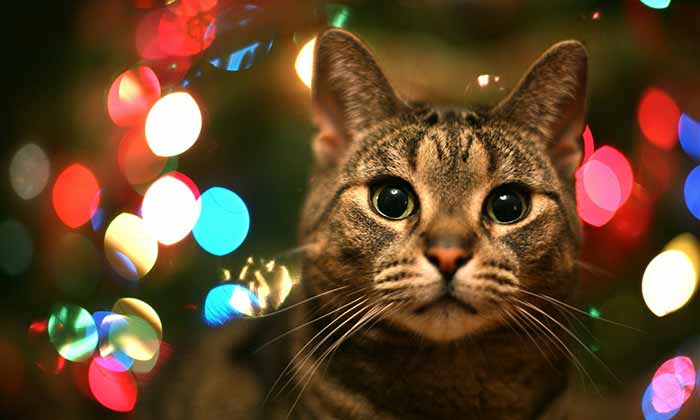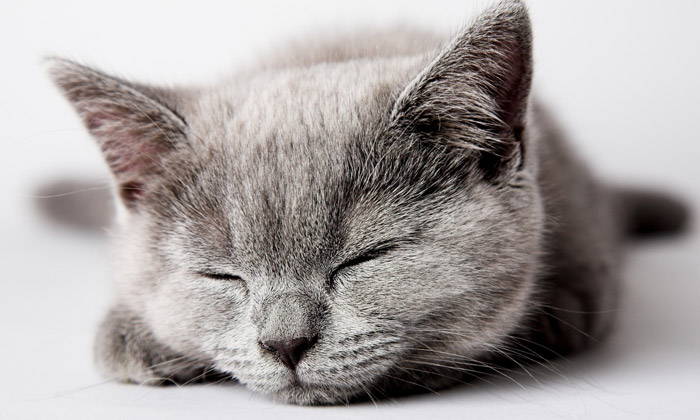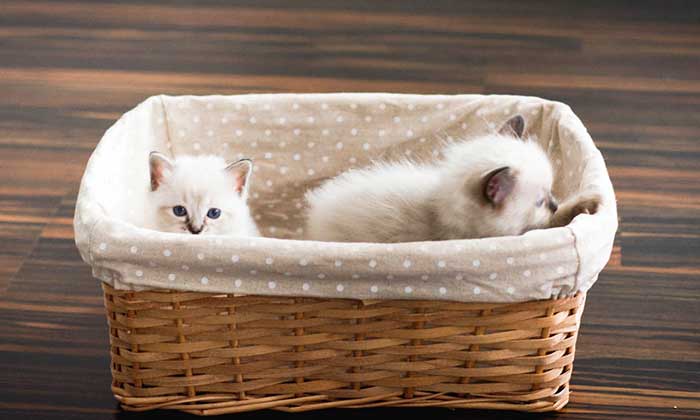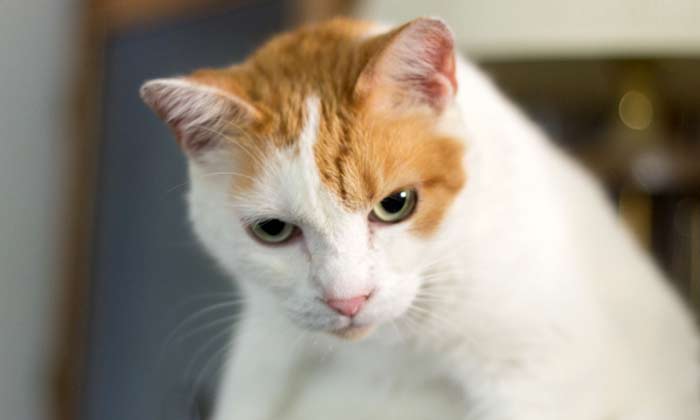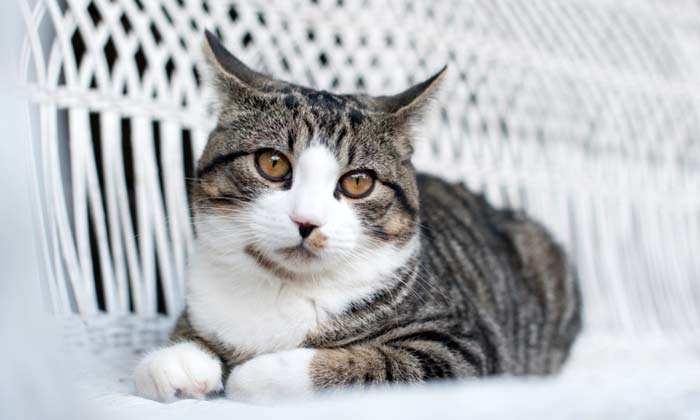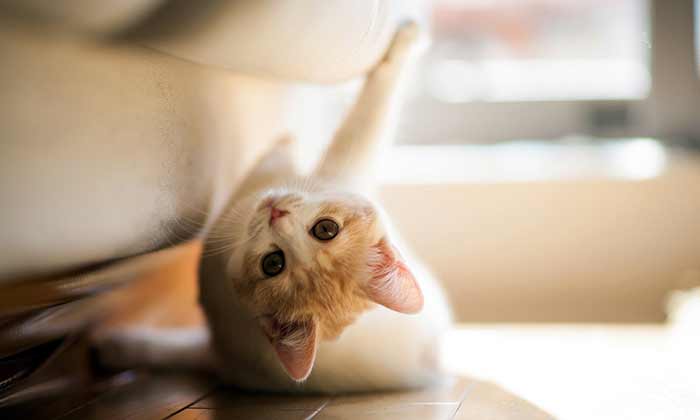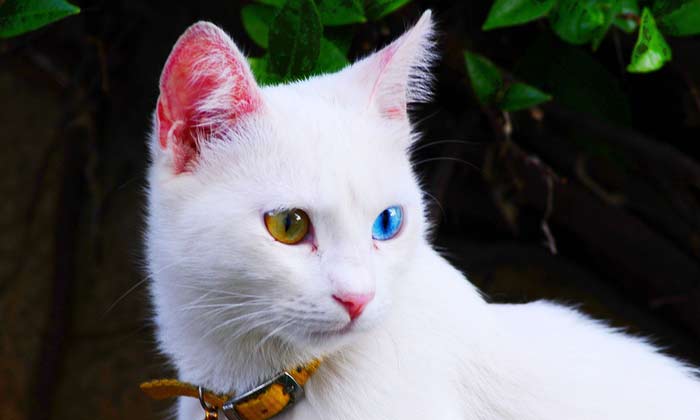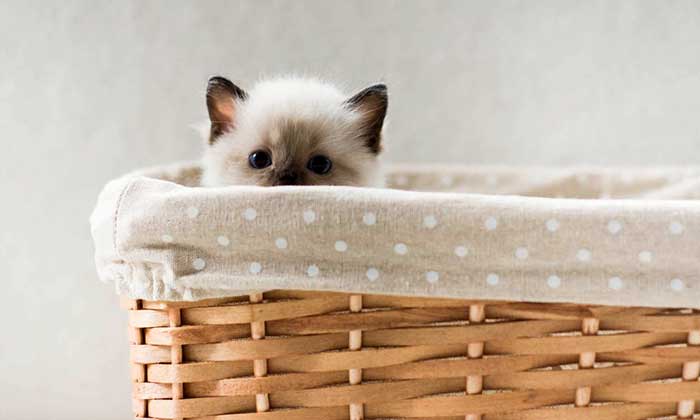Heavy Breathing Cat – Causes, Symptoms, Treatment
A heavy breathing cat can be a sign for a life threatening emergency. Breathing is a function of the respiratory system, a process of inhaling air into the lungs before expelling it. Oxygen is pulled down into the lungs, which is then distributed to all the cells within the body via the bloodstream, before being exhaled in the form of carbon dioxide.
A heavy breathing cat is the result of breathing difficulties which may affect cats regardless of their age or breed, and the issue can quickly become life threatening. If your cat is having trouble breathing it should be seen by a veterinarian as soon as possible.
Heavy Breathing Cat – Causes, Symptoms, and Treatment
Respiratory difficulty and breathing abnormality in cats have some different causes, listed below:
- Deep and rapid breathing (hyperpnea)
- Noisy breathing, wheezing
- Rapid shallow breathing (tachypnoea)
- Shallow breathing (hypopnea)
- Shortness of breath (dyspnoea)
What is the typical breathing rate for cats?
While resting, a cat should breathe roughly 20-30 times per minute, which is more or less than twice that of a person. Respiration should be almost silent and without effort. Known as eupnoea, the suffix “pnoea” means “breath or breathing.” Many names for respiratory difficulty will have this ‘pnoea’ ending. But what can cause a heavy breathing cat?
Possible Causes for Breathing Difficulties in Cats
Like humans, there are many possible causes of breathing problems in cats, which can be located throughout the lungs, the heart, or the pulmonary system. Causes are split into obstructive, restrictive or vascular for a heavy breathing cat.
- Airway obstruction.
- Asthma – Caused by an allergen, the airways react by constricting.
- Pleural effusion – Excess fluid that accumulates between the two pleural layers, the fluid-filled space that surrounds the lungs.
- Ascites – Build-up of fluid in the abdominal cavity which can compress the diaphragm and lungs.
- Pulmonary Embolism – A blood clot in the pulmonary arteries or branches of the lungs.
- Blood Disorders – Anemia
- Cancer
- Cytauxzoonosis – An often fatal infection caused by the single-celled Cytauxzoon felis.
- Dehydration

Like humans, there are many possible causes of breathing problems in cats, which can be located throughout the lungs, the heart, or the pulmonary system.
- Feline Infectious Peritonitis
- Fever – Caused by pyometra, eclampsia/milk fever and other types of infections.
- Heart disorders – Heartworm, heart disease, hypertrophic cardiomyopathy)
- Heat stroke
- Hyperthyroidism
- Hypocalcemia
- Hypoparathyroidism
- Lung disease
- Pain
- Poisoning
- Pneumonia
- Shock
- Upper respiratory infections – There are some pathogens which can cause upper respiratory infections, which are similar to colds and flu that we experience.
Symptoms of Breathing Problems in Cats
Depending on the underlying cause breathing difficulties can be acute or chronic. Most often symptoms will be subtle, and cat owners may not immediately realize there is a problem.
Possible symptoms of a heavy breathing cat include
- Breathing with the elbows sticking out from the body in a Bulldog stance
- Coughing
- Head and neck extended out in front of the body
- Pale or blue tinged mucous membranes
- Difficulty standing
- Noisy breathing
- Panting
- Rapid breathing
- Lethargy
- Restlessness and anxiety
- Bright red tongue (possible heat stroke)
- Lethargy
Treatment of Heavy Breathing Cat Problems
Treatment should be designed to counter the underlying cause rather than the symptoms.
Noisy breathing is often indicative of an upper respiratory infection (cat flu), which is caused by a virus. Other symptoms may include: nasal discharge, sneezing, fever, conjunctivitis.
Treatment: Supportive care should be provided, including the removal of discharge to assist inhalation and encouraging the cat to continue eating. Unfortunately, antibiotics will not affect viral infections but may be offered to ward off secondary bacterial infections.
Panting is a common response to both exercise and stress (sometimes brought about by a call to the vet!). As well as this it is also a symptom of heat stroke, which can be life-threatening if untreated.
Treatment: Treatments for heat stroke include reducing the cat’s body temperature, providing oxygen, and treating for dehydration.
Rapid shallow breathing (tachypnea) has various possible causes including: anemia, heart disease, hypertrophic cardiomyopathy, lung disease, sinus or nasal disorders such as nasal polyps, infection, FIP, diaphragmatic hernia, hyperthyroidism and lung cancer.
Treatment: Addressing the underlying ailment, treatment will often be surgical to remove polyps and hernia, for other cases medications can be prescribed.
Shortness of breath/labored breathing (dyspnea), causes may include: airway obstructions, heart disease, lung disease, lung tumors, foreign body in the nasal passages, pleural effusion, pneumonia, upper respiratory infection, pneumothorax.
Treatment: Is dependent on the cause and may involve removal of foreign body, supportive care for an upper respiratory infection, thoracentesis to release fluid accumulation around the lungs, as well as medications to relieve symptoms of heart disease.
Wheezing produces a sharp whistling noise and is commonly associated with asthma. Further symptoms of asthma may include: pale mucous membranes, coughing, and the avoidance of exercise.
Treatment: Treatments for asthma covers steroids and bronchodilators. Other causes of wheezing are lower respiratory infections, heartworm, and unfortunately, tumors.
Did I miss something? Please let me know in the comments!

